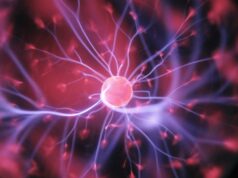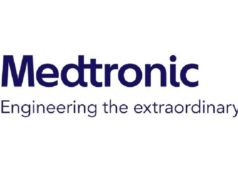A study recently published in the journal Neuromodulation suggests that earlier consideration of spinal cord stimulation in chronic pain care continuum could have a positive impact on patient outcomes, with reductions in hospitalisations, clinic visits, and opioid usage.
According to Shivanand P Lad (Duke University Medical Center, Durham, USA) and colleagues, a shorter delay time from chronic pain diagnosis to spinal cord stimulation implantation may make it more likely to achieve lasting therapeutic efficacy with spinal cord stimulation. The objective of their study, then, was to determine the impact of pain-to-spinal cord stimulation time on patients’ post-implant healthcare resource utilisation.
A retrospective observational study was performed using a real-world patient cohort derived from MarketScan Commercial and Medicare Supplemental claims databases from April 2008 through March 2013. The predictor variable was the time from the first diagnosis of chronic pain to permanent spinal cord stimulation implant. Using multivariable analysis, the investigators studied the impact of pain-to-spinal cord stimulation time on healthcare resource utilisation in the first year post-implant. For some regression tests, patients were grouped into terciles by healthcare resource utilisation.
The authors report data from 762 patients who met inclusion criteria. The median pain-to-spinal cord stimulation time was 1.35 years (Q1: 0.8, Q3: 1.9).
“For every one-year increase in pain-to-spinal cord stimulation time, the odds increased by 33% for being in the high medical expenditures group (defined using the upper tercile: US$4133 over above) over the low group (first lower: US$603 or less). The odds increased by 39% for being in the high opioid prescriptions group (10–58 prescriptions) over the low group (0–1). The odds increased by 44% and 55%, respectively, for being in the high office visits (8–77) or hospitalisations (3–28) group over the low office visits (0–2) or hospitalisations (0) group,” Lad et al report.
In summary, the authors write that healthcare resource utilisation increased in the year following spinal cord stimulation implantation with longer pain-to-spinal cord stimulation time. “These results suggest that considering spinal cord stimulation earlier in the care continuum for chronic pain may improve patient outcomes, with reductions in hospitalisations, clinic visits, and opioid usage,” they state.













